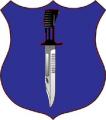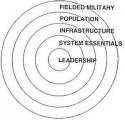I guess I would say there would be less difference at the company level than higher. Perhaps some organic intel capability and training to integrate appropriate "plug and play" modules--translators, PRTs, various SF type things, more snipers, etc. More training with nonlethals and robotics.













Bookmarks